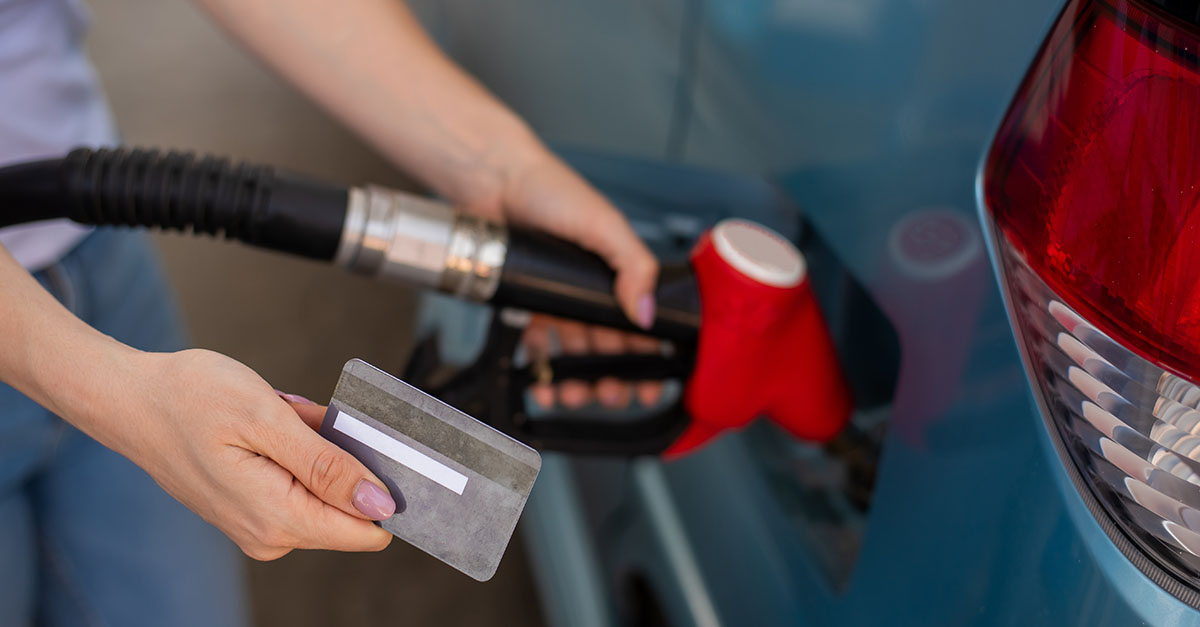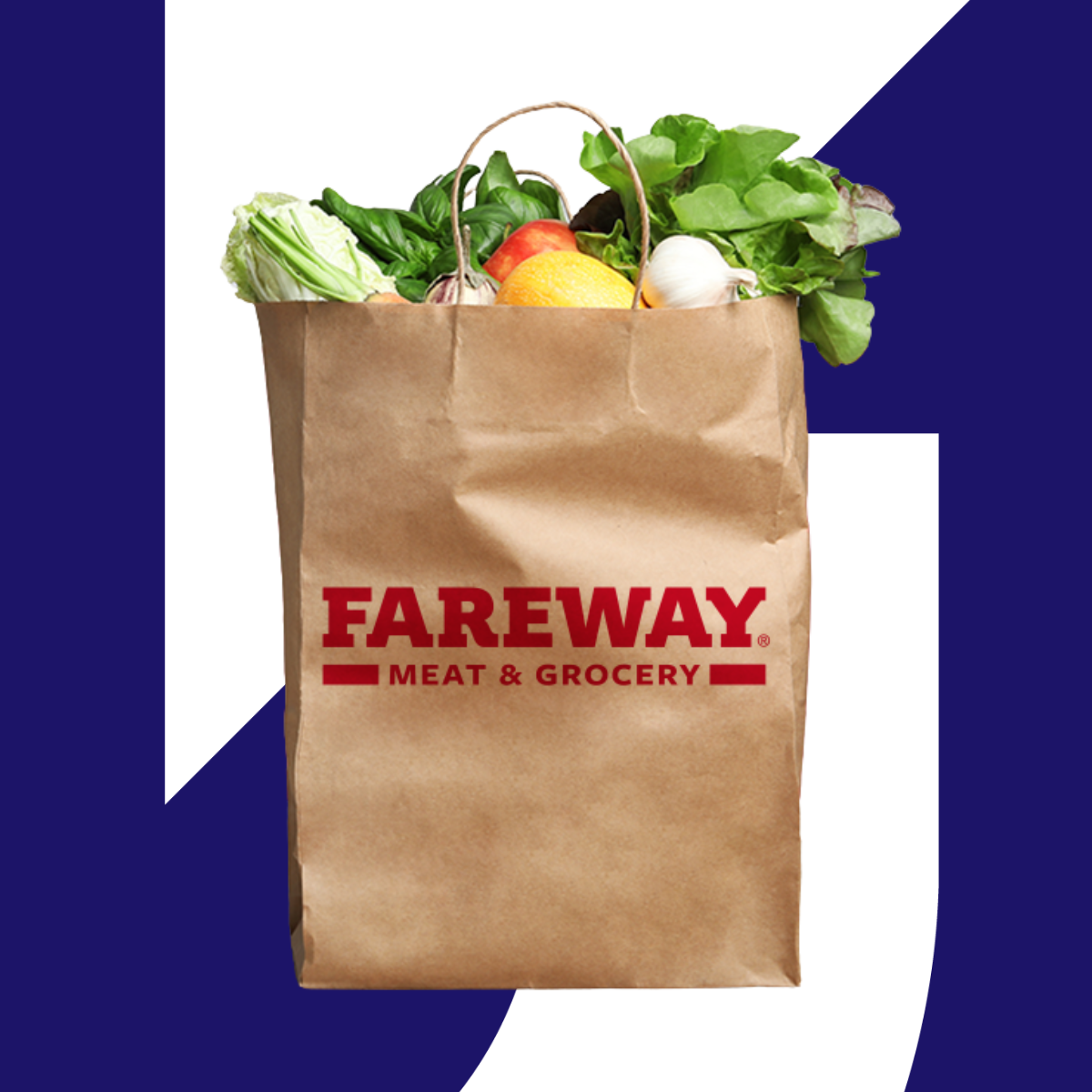What closed-loop attribution could unlock for Google Maps and retailers
Connecting digital discovery to in-store sales—opportunity for measurable impact and growth
Every month, billions of people turn to Google Maps to decide where to go next—whether it’s a new spot for lunch, a quick gas stop, or a visit to a local business. In those moments, Maps quietly shapes real-world choices on a massive scale.
Maps has already bridged much of the gap between digital discovery and in-store visits. With features like business profiles, reviews, integrated payments, and “Order Pickup,” the platform has become more than just a navigation tool. As Maps continues to grow as a commerce platform, the next step is to make it even easier for retailers to see how those moments of discovery translate into real sales.
How attribution works today—and where there’s room for more
Offline conversion tracking is already part of the Google toolkit. When someone clicks an ad, visits a location, and makes a purchase, retailers can connect that sales data back to Google Ads. But as privacy expectations evolve and marketing channels diversify, connecting every digital moment to an in-store purchase gets more complicated—especially for SMBs who may not have the resources for complex attribution setups.
For many, existing solutions mean delayed reporting, manual uploads, and a limited view of the customer journey. Walk-in customers who find a business on Maps or whose location data isn’t available can easily be missed.
That’s where Upside fits in. Upside surfaces personalized cash-back offers to Maps users, then tracks which offers lead to in-store purchases using secure, payment-based data. It’s a performance layer that quietly complements what’s already built, with minimal disruption or complexity. Retailers trust Upside with valuable transaction data because we balance consumer intent with retailer goals — ensuring offers are both personalized and margin-bound. We explore this in more detail in this blog.
Upside’s successful integrations with platforms like Uber and Chime have shown how easily this approach fits into large-scale consumer apps, connecting digital engagement with verified, incremental in-store sales.
Here’s how it all works:
- Payment-based, privacy-first matching: Upside uses anonymized payment data—just the BIN and last four digits—to match offer engagement with verified, in-store sales. There’s no personal info or privacy risk.
- Real-time feedback: With direct payment network integration, Maps and its retailer partners see new sales and incremental profit within hours.
- Detailed, easy reporting: Where allowed, Upside tracks sales at the item level. With retailer partners, integration goes deeper, providing receipt and basket data with no extra setup.
- Captures every journey: Upside’s approach covers all paths—from customers who click on ads to those who simply walk in after searching on Maps—closing attribution gaps left by traditional methods.
Supporting growth for every retailer
Digital marketing can be overwhelming for many SMBs. Managing campaigns, setting up attribution, and making sense of the results all require time and tools that many businesses simply don’t have.
Upside is designed to remove those hurdles. There’s no need for advanced CRM systems, POS exports, or data uploads. Retailers join, and everything is handled—from offer creation to tracking both incremental sales and profit. Payment is strictly pay-for-performance, and all results are visible in an easy dashboard. Retailers can finally see the lift in real dollars and incremental profit, with minimal effort.
With Upside in the mix, Maps has the opportunity to give every local business the tools to measure and grow in-store sales—no marketing team required.
End-to-end attribution connects to real-world sales
Embedding Upside in Maps unlocks three key benefits:
- A new, complementary revenue stream: Monetize key moments based on actual sales, not just clicks or impressions. With real-time, verifiable attribution, Maps stands apart from platforms that still rely on delayed or incomplete data.
- Deeper engagement with SMBs: Retailers of any size can participate, giving Maps immediate access to a network of tens of thousands of businesses across everyday spend categories nationwide.
- End-to-end attribution connects your advertisers to real-world sales: Upside’s privacy-first approach closes the loop, giving Maps and its partners clarity on what’s driving incremental profit—not just overall sales.
Upside is live, proven, and ready to scale. There’s no need to change how Maps works; everything continues seamlessly, just with better measurement and new value added where it matters most.
Looking ahead
Google Maps already guides millions of real-world decisions. With Upside, every one of those moments becomes a chance for retailers to see measurable growth. The potential for what comes next is wide open. If your team is interested in exploring how this could work within Maps, Upside is ready to share more whenever you are.
Share this article:
Request a demo
Request a demo of our platform with no obligation. Our team of industry experts will reach out to learn more about your unique business needs.










.png)





